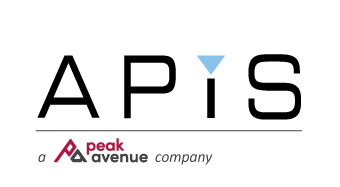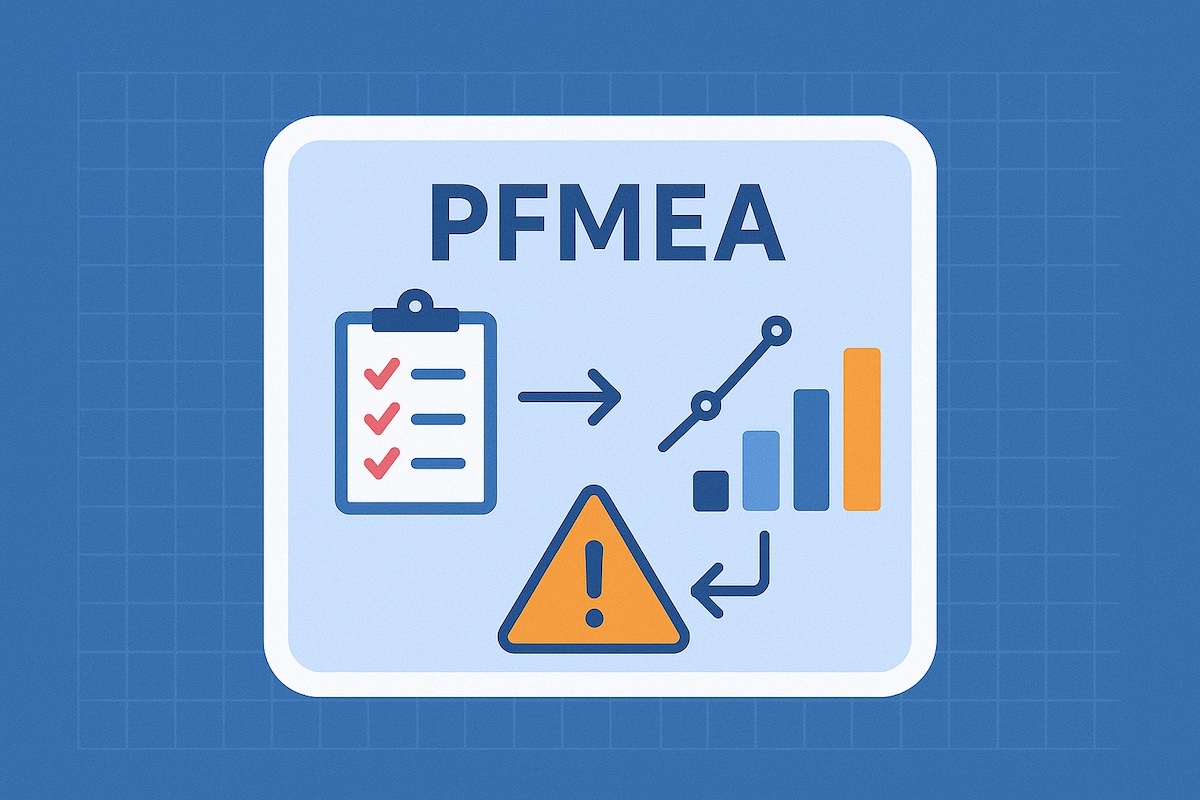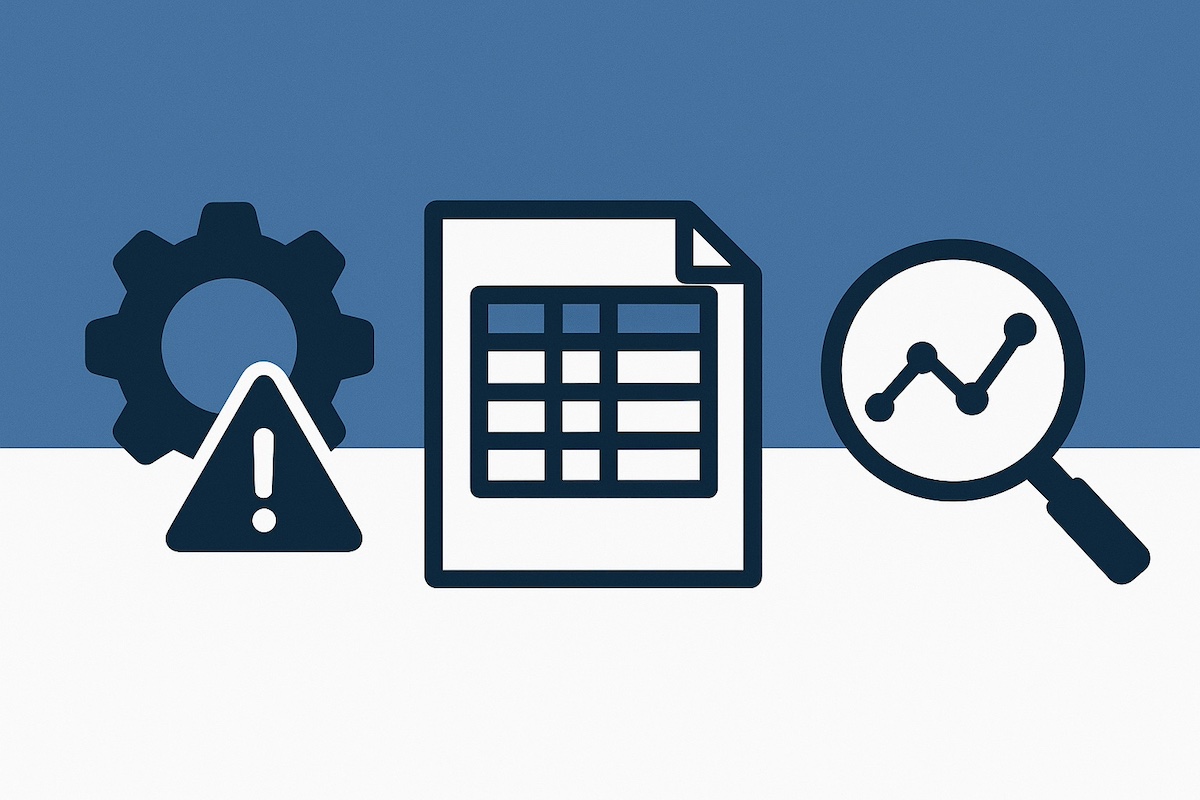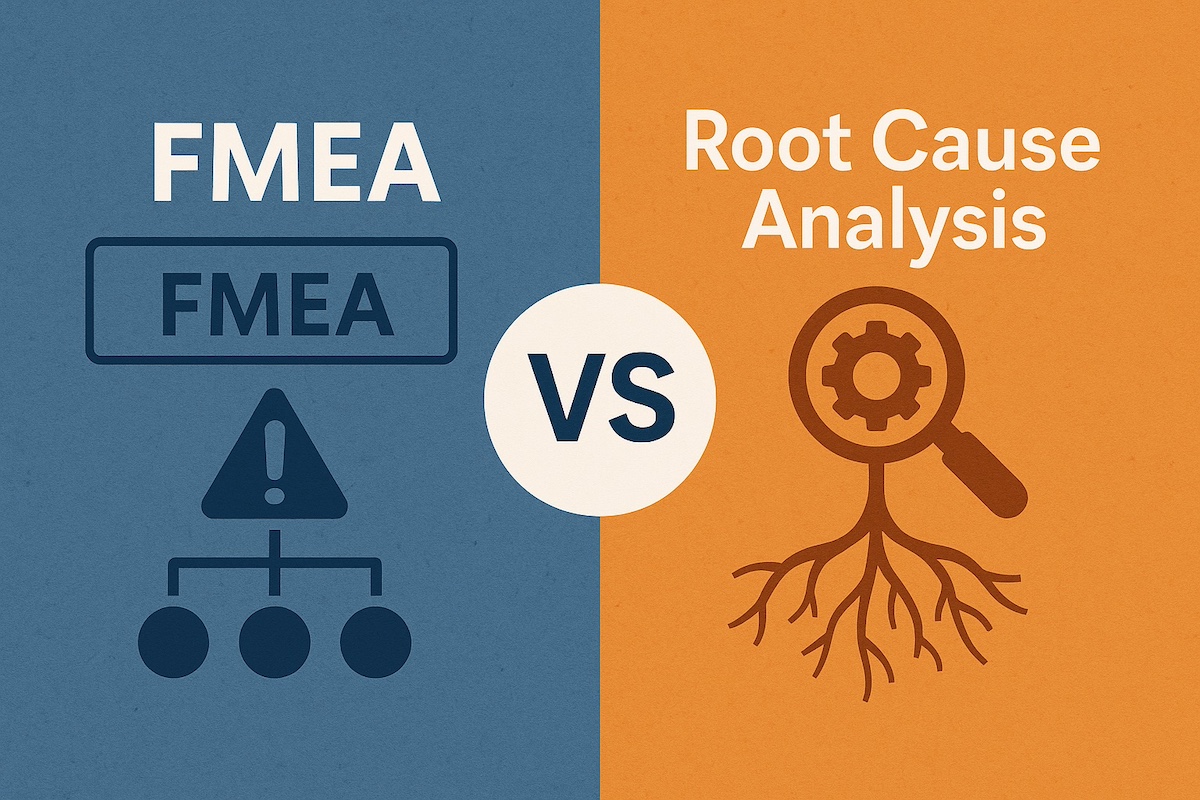Failure Modes and Effects Analysis (FMEA) is a crucial risk management tool used across various industries to enhance product reliability, safety, and quality. This guide will walk you through the essential steps involved in the FMEA process, ensuring that it is easy to understand and implement effectively.
What is FMEA?
FMEA is a systematic approach used to identify potential failures within a system, assess the risks associated with those failures, and determine actions to mitigate or eliminate the risk. This process is widely utilized in industries such as automotive, aerospace, healthcare, and manufacturing to ensure that products and processes are safe, reliable, and meet quality standards.
Types of FMEA
Before diving into the steps, it’s essential to understand two of the most common types of FMEA:
- Design FMEA (DFMEA): Focuses on identifying potential failures in product design before they occur.
- Process FMEA (PFMEA): Concentrates on identifying failures that may occur during the manufacturing or assembly process.
There are many other types (i.e., System, Logistic, Machine, etc. and most recently added by AIAG/VDA 2019, the Monitoring & System Response FMEA, also known as MSR-FMEA).
Step-by-Step Guide to the FMEA Process
1. Define the Scope of the FMEA
The first step in the FMEA process is to clearly define its scope. This involves identifying the specific system, subsystem, or component to be analyzed. It is important to outline the boundaries of the analysis to ensure that all relevant aspects are covered. Additionally, the scope captures why particular areas are included or excluded from the analysis.
2. Assemble the FMEA Team
The success of an FMEA largely depends on the team involved. Form a cross-functional team with members from all relevant departments, including design, manufacturing, quality, and reliability. Each team member brings unique expertise, which is vital for identifying all potential failures. A diverse team ensures that different perspectives are considered, leading to a more thorough analysis.
3. Identify Potential Failures
Once the team is assembled, the next step is identifying all possible failures. These are the ways in which the system, subsystem, or component could fail. It’s important to consider different operating conditions, environments, and usage scenarios to ensure a comprehensive list. Each failure mode should be specific, clearly defined, and relevant to the scope of the analysis.
An a key aspect of the failure identification is the use of the “function model” to first ascertain how the product or process is designed to function. Once the function model is established, the failure space can be completely and efficiently defined and captured. Without this approach, the process relies too heavily on “brainstorming” failures…a highly random method that leaves us short of the full failure space.
4. Determine the Effects of Each Failure
For every identified failure, the team must determine its potential effects on the system, customer, or end-user. This step involves considering both immediate and long-term impacts, ranging from minor inconveniences to catastrophic failures. Understanding the effects helps in prioritizing which failure modes need the most attention.
5. Assess the Severity of Each Effect
After determining the effects, assign a severity rating to each one based on its impact on the customer or system. Severity is typically rated on a scale from 1 to 10, with 10 representing the most severe consequences, such as regulatory or safety hazards.
6. Identify the Causes of Each Failure Mode
The next step is to analyze the causes of each failure mode. This involves understanding the underlying factors that could lead to the failure, such as design characteristics, material defects, or process variations. Identifying the causes is crucial for developing effective mitigation strategies.
7. Assess the Current Controls
Document the existing controls to detect and prevent failures. Controls can include design features, testing procedures, process monitoring, quality processes, etc.
8. Evaluate the Occurrence and Detection
Once the causes are identified, assign an occurrence rating based on the effectiveness of the current measures implemented to prevent the failure cause. The probability of the failure mode occurring is related to the effectiveness, but not necessarily equivalent. The focus should be on the effectiveness of the prevention. Like severity, occurrence is usually rated on a scale from 1 to 10, with 10 indicating a high likelihood of occurrence. This rating helps in assessing the risk associated with each failure mode.
Assign a detection rating based on the effectiveness of detection controls, with 1 indicating a high likelihood of detection and 10 indicating a low likelihood. This step is crucial for understanding how well current measures are working and where improvements are needed.

9. Calculate Risk Metrics
There are many different metrics which can be used (alone or in combination) to prioritize the risk in the FMEA. Most popular are the Action Priority (AP), Risk Matrices (SxO, SxD, OxD), Risk Priority Level (RPL), and RPN.
Calculating these metrics is a key step in risk management, as it drives the risk mitigation priority associated with each failure mode. It is imperative that the team uses the selected metric(s) as a means of action priority, not as an activity threshold.
10. Develop and Implement Action Plans
Based on the chosen risk metric(s), develop action plans to reduce the risk. These plans may involve design changes, process improvements, or additional controls. Assign responsibility for each action and establish deadlines to ensure that the necessary steps are taken (not just planned!). This proactive approach helps in mitigating risks before they lead to significant issues (i.e., product recalls, or worse – the loss of human life).
11. Reassess the FMEA
After implementing the action plans, it’s important to reassess the FMEA to determine if the risk has been reduced. Adjust the occurrence and detection ratings as necessary and recalculate the risk metric(s). Continue this cycle until the risks are minimized to an acceptable level. Reassessment ensures continuous improvement and adaptation to any new risks that may arise.
12. Document the FMEA Process…and Communicate it
Proper documentation is essential for tracking the FMEA process and ensuring that all steps are followed. Maintain detailed records of the team’s analysis, decisions, and action plans. This documentation is critical for future reference, compliance, and continuous improvement. It also serves as evidence of a thorough risk management process, which can be vital during audits or assessments. More importantly, COMMUNICATE the FMEA! Summarize what was discovered, what was learned, what actions were taken and why so that awareness is heightened about the impact of this analysis. Without this, the FMEA is often relegated to a “check the box” document deliverable and it’s real value is lost.
Frequently Asked Questions
What is a FMEA process?
The FMEA process is a systematic method used to identify potential failure modes within a system, assess the risks associated with those failures, and determine actions to mitigate or eliminate the risks. It is designed to improve product reliability, safety, and quality by analyzing the potential effects of failures and prioritizing corrective actions. The process involves a series of steps that ensure a comprehensive analysis of risks, helping organizations prevent failures before they occur.
What is the FMEA tool used for?
The FMEA tool is used to evaluate the risks associated with potential failures in a product design or process. It helps organizations identify failure modes, assess their impact and likelihood, and develop strategies to reduce or eliminate the risks. The FMEA tool is crucial for improving product quality and reliability, as well as ensuring compliance with industry standards. By using FMEA, companies can proactively address potential issues, leading to safer and more reliable products.
Conclusion: The Importance of FMEA in Risk Management
The FMEA process is a vital tool for identifying and mitigating risks in product design and manufacturing processes.
By systematically analyzing potential failure modes and their effects, organizations can significantly improve product quality, reliability, and safety. The structured approach of FMEA ensures that all potential risks are considered and addressed, leading to more robust and reliable products.
At APiS North America®, we specialize in providing advanced FMEA tools and training to help companies implement robust risk management strategies. Our flagship software, APIS® IQ-Software, is designed to streamline the FMEA process, enabling teams to collaborate effectively and make data-driven decisions.
Whether you’re new to FMEA or looking to enhance your current processes, APiS North America® is here to support you every step of the way. By leveraging our expertise and cutting-edge software, you can ensure that your products meet the highest standards of quality and safety.







